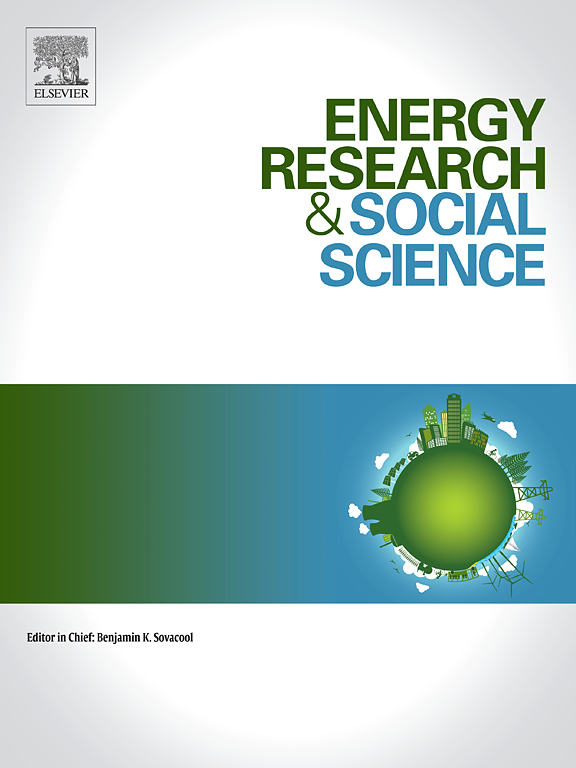关联、复杂和碳化:石化行业的国家原型
IF 6.9
2区 经济学
Q1 ENVIRONMENTAL STUDIES
引用次数: 0
摘要
众所周知,石化行业是 "难以去碳化 "的行业,因为它天生需要化石燃料作为原料,温室气体排放量高,供应链高度关联且复杂。该行业的复杂性使其难以确定如何、何时以及在何处进行干预。每个国家卷入石化行业的程度不尽相同,这使得解决方案的空间更加复杂,没有放之四海而皆准的政策建议。本研究通过考察石化行业的结构,将各国划分为不同组别,这些组别将对不同的脱碳解决方案做出类似的反应。石化行业国家原型 (CAP) 模型在一个三维网格中对 152 个国家进行了分类,并在网格四角建立了八个原型。讨论了每个原型的特点及其对脱碳战略的影响。CAP 模型有助于针对具体地区提出脱碳方案和投资建议,从而最成功地减少温室气体排放。本文章由计算机程序翻译,如有差异,请以英文原文为准。
Connected, complex, and carbonized: The country archetypes of the petrochemicals sector
The petrochemicals sector is known to be “hard-to-decarbonise” due to its innate requirement for fossil fuels for feedstocks, high greenhouse gas emissions, and highly interconnected and complex supply chains. The sector's complexity makes it difficult to decipher how, when, and where to intervene. Every country has a different level of embroilment in the petrochemicals sector, further complicating the solution space, with no one-fits-all policy recommendation. This research examines the structure of the petrochemicals sector to categorize countries into groups which will respond similarly to different decarbonization solutions. The Country Archetypes of the Petrochemicals Sector (CAP) model categorizes 152 countries within a three-dimensional grid, with eight archetypes established at the corners. The characteristics of each archetype, and their implications for decarbonization strategies are discussed. The CAP model can facilitate region-specific recommendations for decarbonization options and investments to have the most success in reducing Greenhouse Gas emissions.
求助全文
通过发布文献求助,成功后即可免费获取论文全文。
去求助
来源期刊

Energy Research & Social Science
ENVIRONMENTAL STUDIES-
CiteScore
14.00
自引率
16.40%
发文量
441
审稿时长
55 days
期刊介绍:
Energy Research & Social Science (ERSS) is a peer-reviewed international journal that publishes original research and review articles examining the relationship between energy systems and society. ERSS covers a range of topics revolving around the intersection of energy technologies, fuels, and resources on one side and social processes and influences - including communities of energy users, people affected by energy production, social institutions, customs, traditions, behaviors, and policies - on the other. Put another way, ERSS investigates the social system surrounding energy technology and hardware. ERSS is relevant for energy practitioners, researchers interested in the social aspects of energy production or use, and policymakers.
Energy Research & Social Science (ERSS) provides an interdisciplinary forum to discuss how social and technical issues related to energy production and consumption interact. Energy production, distribution, and consumption all have both technical and human components, and the latter involves the human causes and consequences of energy-related activities and processes as well as social structures that shape how people interact with energy systems. Energy analysis, therefore, needs to look beyond the dimensions of technology and economics to include these social and human elements.
 求助内容:
求助内容: 应助结果提醒方式:
应助结果提醒方式:


